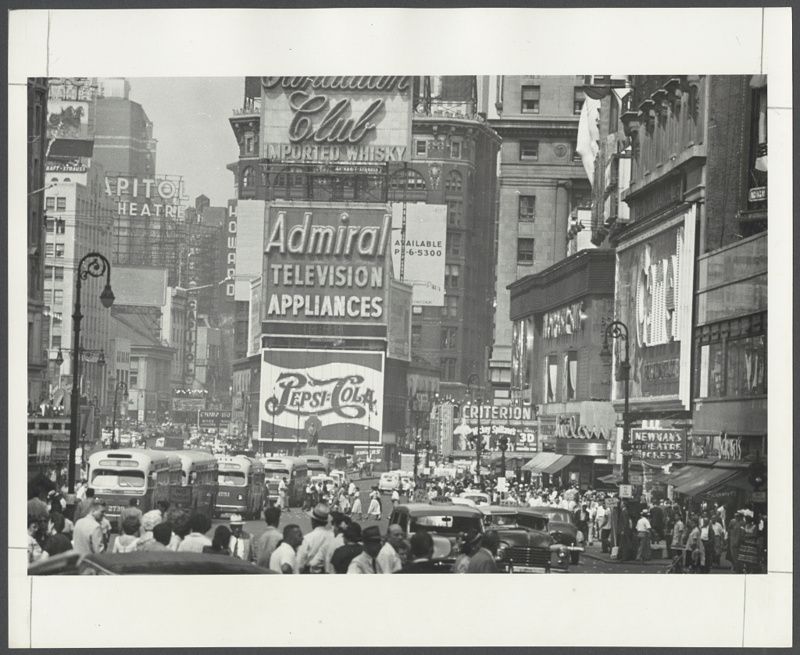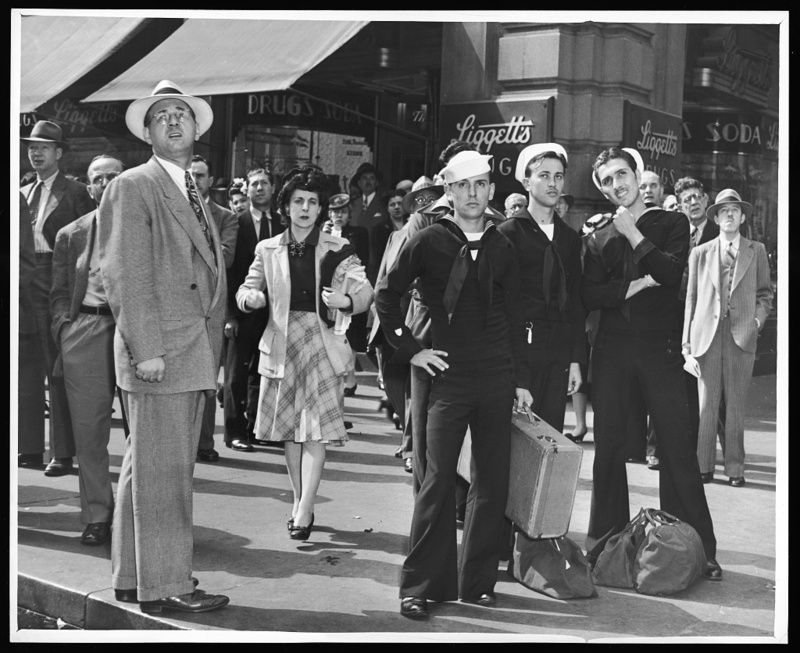An Original Stone Eagle Comes Home to Penn Station in NYC
A 7,500-pound eagle sculpture from the top of the original 1910 Penn Station building has been returned after years in hiding!


Longacre Square. The Duece. The Crossroads of the World. With each reinvention throughout its history, Times Square has taken on a new identity. As author Lynne R. Sagalyn outlines in her new book, Times Square Remade: The Dynamics of Urban Change, this stretch of midtown Manhattan has had four major chapters of renewal over the past 100+ years. Times Square has been a center of carriage-building and livery stables, honky-tonk attractions, XXX-porn houses, and family-friendly tourist destinations. In her book, Sagalyn explores how real estate is a driving force of these changes.

On January 3rd, join Sagalyn and Untapped New York Insiders for a virtual talk about one of the lesser-known chapters in Times Square’s history, “Post-War West 42nd Street: The Fall Before the Decline.” This talk is free for Untapped New York Insiders! Can’t make it live? We’ll send a recording to all registrants. Use code JOINUS to get your first month of Insiders membership for free!
When we talk about change in Times Square, we more often than not talk about the clean-up that happened in the 1990s to 2000s when the grindhouses and sex shops of the 70s and 80s were cast out and the Disney theaters and office buildings came in. Another period of dramatic change in Times Square’s history, however, often goes overlooked. This is the decade following the end of World War II when Times Square was a “honky-tonk town,” home to carnivalesque amusements, penny arcades, Hubert’s Museum and Flea Circus, barker auctioneers, and shooting galleries—places of midway fun for pleasure seekers aching for “something for a nickel.”

These flashy, boardwalk-style attractions, like the seedy establishments of the red-light district that came later, were deemed a threat to the district’s legendary fame by local businessmen, city planners, and government officials. So, these forces attempted to “stem the tide of degradation of our Great White Way,” as the Times put it, with regulation.
New rules prohibited “open-door nuisance establishments” like “freak shows, wax museums, shooting galleries, games arcades, open-front stores, sidewalk cafés, and ground-floor auction rooms,” as Sagalyn explains. This political drive against honky-tonk was one of a series of proposed clean-ups that never did the trick. However, this mid-1950s effort had an interesting and unexpected impact that shaped the next era on West 42nd Street.
Learn more about this era of Times Square history in our live virtual talk on January 3rd! In this talk, you’ll meet flamboyant characters and explore the outlandish expressions of urban energy that shaped the legend and lore of Times Square, discover why the clean-up of West 42nd Street was the longest-running joke of New York City politics, see how popular entertainment is the DNA of Times Square, and examine the business interests and political agendas that have danced a tango in Times Square for more than a century.
Next, check out all upcoming Untapped New York Insider Events!
Subscribe to our newsletter